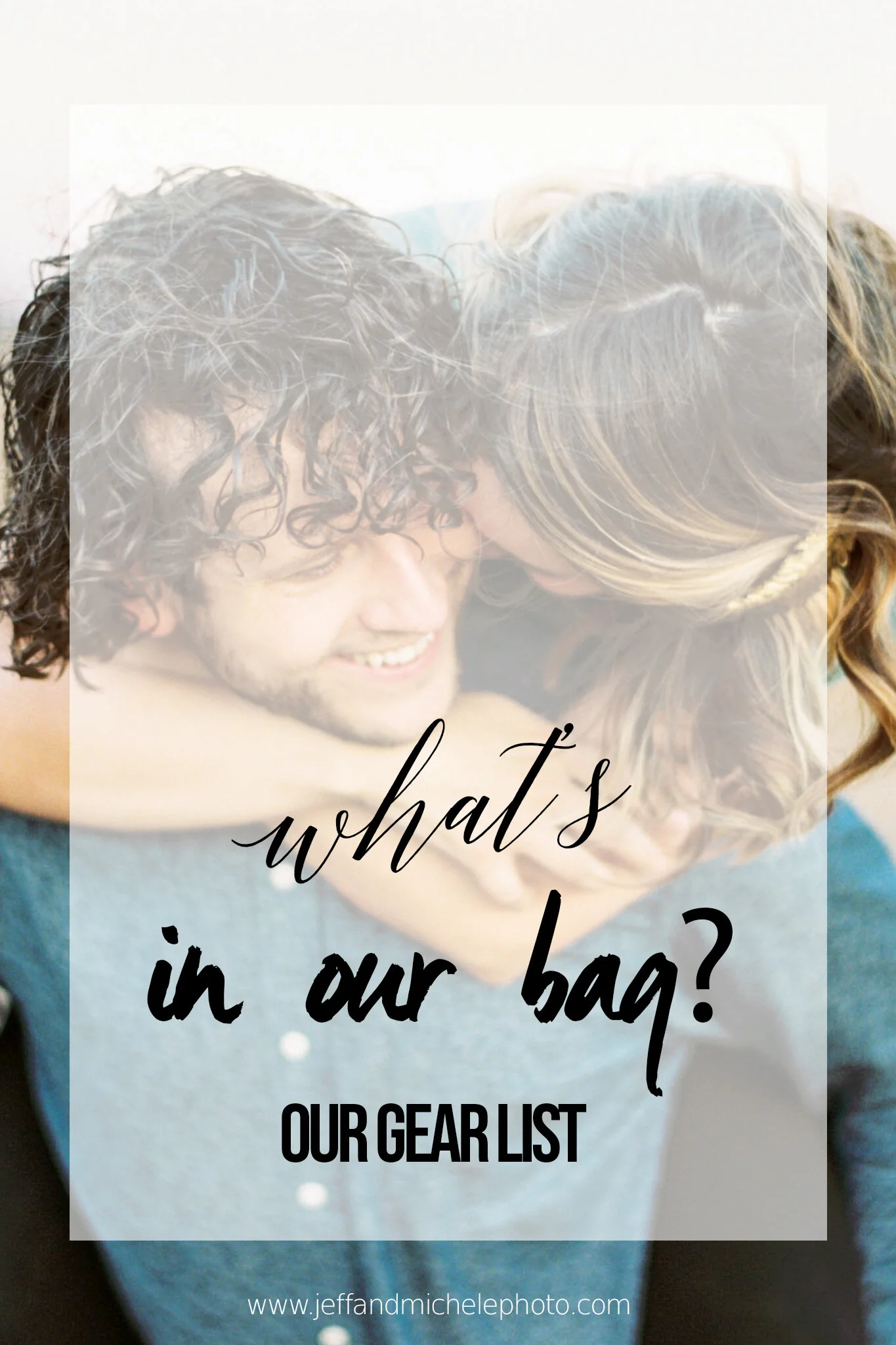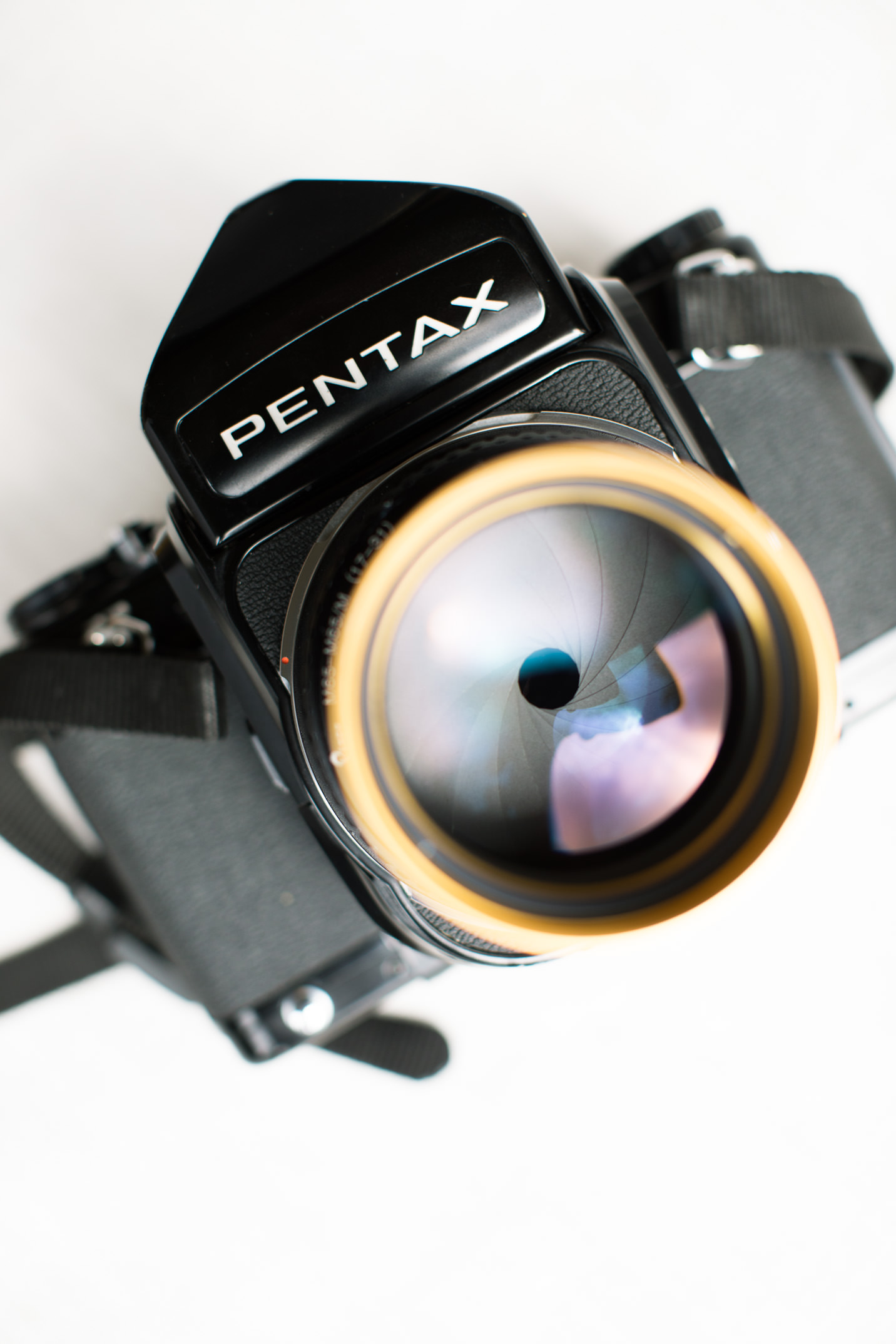Note: This post is part of our "Learn Blog" for photographers. For workshops, coaching, and other resources designed to help grow your skills as a photographer click here (after you read the article, of course)! To be transparent, all links are paid advertising, as a portion of any purchase made while using these links is credited to us. Please, consider using our links to help support what we do! Thank you!
Image created using the Contax 645 and Zeiss 80mm f/2 Lens
Excellent bokeh. Splendid sharpness. Great contrast. The Contax 645 medium format camera coupled with the Zeiss 80mm f/2 is known for producing "the look" when it comes to images.
So, I've set out to write about it. In this particular review, I will focus on the Contax 645 body, and will only bring minor discussion in on the Zeiss 80mm f/2. If you'd like to read my review specifically on the lens, check out my Zeiss 80mm f/2 Review.
As many already know, the Contax 645 is not without its cons, and with that in mind, I now present to you my official Contax 645 review.
Autofocus
In my experience, autofocus is going to be a hit or miss when it comes to a Contax 645. Some bodies tend to perform better, while others are lacking. My Contax 645 is fairly accurate, but it desperately struggles in backlit and side-backlit conditions, like the one you see below.
Image created using the Contax 645 and Zeiss 80mm f/2 Lens
Now, here is where manual focusing can come in very handy, which leads us to our next topic.
Viewfinder
The Contax 645's viewfinder is "alright". It's not incredibly bright and clear, but it's not too bad either. I don't find it to be quite as clear as my Pentax 645s or quite as clear as the Hasselblad H2.
But, that doesn't make it unusable for manual focusing. I've had really good success with manually focusing the Contax 645. And, for those that may need a little extra clarity, there's the Maxwell Precision Optics Screens that you can have installed. To learn a little more about those, check out the comparison I did with the Maxwell Screen on a Pentax 67.
Contax 645 Ergonomics and Feel
The Contax 645 feels great in the hand. It's easy to hold. Its weight is similar to other options you'll find in the medium format camera world, so that's pretty average.
One thing I love about using the Contax 645 is the sound of the shutter. It may sound like a silly thing to derive pleasure from, but it just sounds and feels nice.
Functionality and Features
I know there's a lot of features that I'm not going to delve into here. That's because I probably don't need or use them. So, you'll have to excuse me for that. However, there are a few that I make use of, and those I will speak on.
Image created using the Contax 645 and Zeiss 80mm f/2 Lens
Mirror-up
I love being able to have the mirror-up function on a camera. When I need lots of light, I go to a slow-shutter speed and mount the Contax 645 on a tripod. But, to retain that extra stability, I like to frame my shot, focus, and get that mirror up so it doesn't create any shake.
The Contax 645's mirror-up option is conveniently accessible and just works. Enough said.
Timer
Another option I employ when taking slow shutter speeds on a tripod is to use a self-timer. This also helps cut down on shake.
Having a self-timer is also great for taking pictures that you'd like to be in as well!
Reliability
Here's where things get weird. The Contax 645 has developed a reputation for being finicky. Some report that it just stops working in high-humidity areas. Others tell horror stories of broken shutters, messed up auto-focus, so on and so forth.
Yet, others will tell you that they've had their body for 10 years and never had a hiccup. My personal experience with mine is that it keeps on working, even in high-humidity environments. However, the first Contax 645 I purchased in "excellent condition" apparently had a broken autofocus.
I talk a little more about the problems with reliability in my article on Contax 645 vs Pentax 67.
Image created using the Contax 645 and Zeiss 80mm f/2 Lens
Durability
The Contax 645 is sort of "the Porsche" among medium format film cameras. It's sexy, but it's not designed to be incredibly tough. If you're using for professional work like I do for weddings, you can expect that it'll get scratched/worn if you don't baby it.
It's not designed to be taken in extreme situations like a Canon 1DX or something like that. These cameras, in my opinion, are meant to create beautifully sharp images with excellent bokeh while still being very portable and ergonomic, and that's about it.
Lens Options
Though everyone seems to know the Zeiss 80mm f/2, there are indeed some other good lenses for your Contax 645. The other somewhat popular options seem to be the Sonnar T 140mm f/2.8, the Apo-Makro-Planar T 120mm f/4, and the Distagon T* 45mm f/2.8.
You can view a full list plus technical data sheet on Zeiss' website for Contax 645 lenses.
Image of bride wearing her ring holding the groom's hand taken with Contax 645 and 80mm f/2
Battery Life
I'm very thankful my Contax came with the Contax MP-1 AA battery grip when I bought it. It seems to last for hours and hours on four Eneloop Pros (which were at the top of my Best Rechargeable AA Batteries for Wedding Photographers, by the way).
On the contrary, I've heard people say that they eat through the 2CR5 lithium batteries. So, although the grip does add some weight, it greatly reduces battery cost. Plus, it adds the ability to hold the camera comfortably in portrait orientation and even has the extra button on the grip to make it easy to click the shot.
Alternatives to the Contax 645
Since I've written about Contax 645 alternatives in another article, I'll only briefly touch on it here.
The most common alternatives are the Pentax 645n (or nii), the Hasselblad H1 or H2, or the Mamiya Pro 645. These are all fair alternatives that each have their own set of pros and cons.
Among the alternatives, the particularly strong suit of the Contax 645 is the amazing quality of the native Zeiss 80mm f/2. In terms of reliability and cost, though, the Contax 645 tends to possess a few more cons when compared to the Pentax, Hasselblad, or Mamiya options.
Final Remarks on the Contax 645
Though not perfect, the Contax 645 does what it's designed to do--take great images. If you buy it for that reason, you'll be satisfied...unless you get a lemon!
So, do your due research and consider buying a Contax with a warranty and/or return policy of some sort. When I bought mine, it included a 30-day return policy on eBay, plus the coverage I have through eBay and Paypal's buyer protection.
This sort of protection was great, especially since I did have to return the first Contax 645 I purchased due to several issues. If I had bought it without any sort of buyer protection, I could have been out, at the very least, several hundred dollars in repairs.
So, let us know your thoughts! Have you owned a Contax 645 body? Ever had any issues, or has yours been an exception to "the rule"? Let us know in the comments below!
And if you've enjoyed or found this article helpful, please consider using our Ebay link to the Contax 645 if you plan to purchase one. We receive a portion of the total sale price, so it helps us out a lot!
Thanks in advance!
Other Posts You Might Be Interested In


















